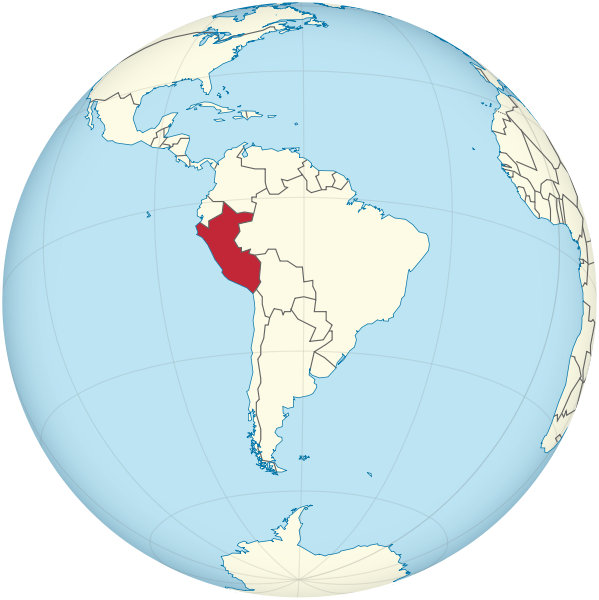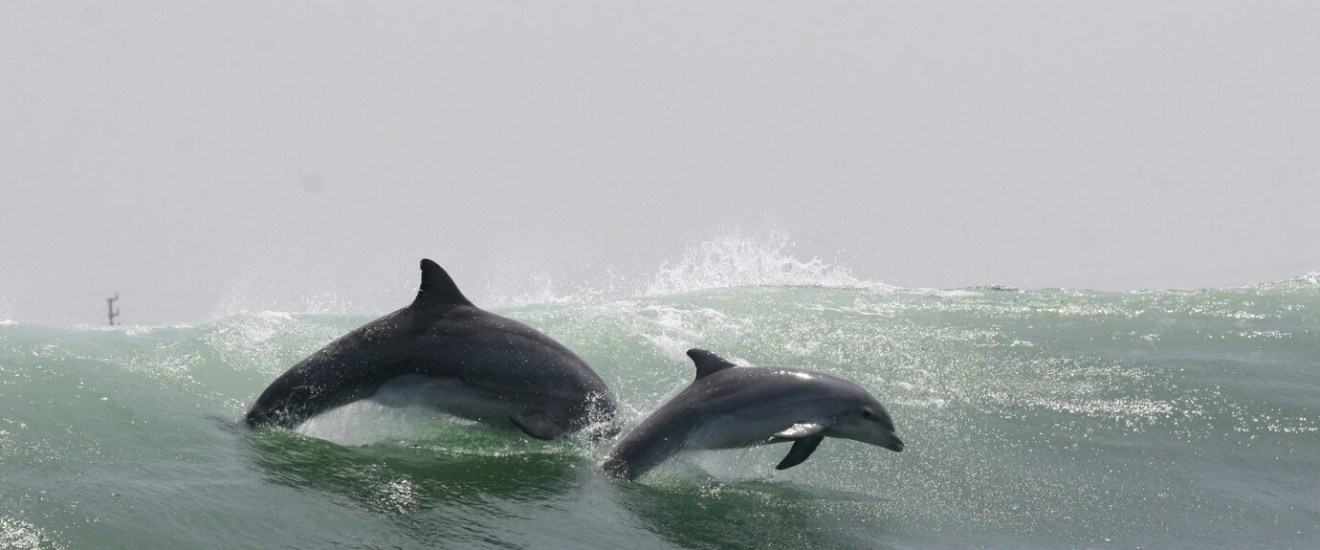FILLING THE GAP: IDENTIFYING COST-EFFECTIVE METHODS FOR FORAGING ECOLOGY AND HABITAT USE RESEARCH TO INFORM CONSERVATION MEASURES FOR SMALL CETACEANS
LOCATION: PERU
Susana Cardenas-Alayza, PhD
Universidad Peruana Cayetano Heredia
|
Randall Wells, PhD |
Michael Adkesson, DVM |

PROJECT SUMMARY

Punta San Juan Program
The coast of Peru has one of the most productive upwelling ecosystems in the world. Although many species of cetaceans inhabit the area, dolphin foraging ecology is understudied and suffers from the effects of illegal bycatch and competition for food with industrial and small-scale fisheries. We propose 1) map current knowledge gaps and research priorities; 2) build capacity in field methods to study cetaceans through a partnership with experts from Sarasota Dolphin Research Program and 3) run a pilot project to collect and analyze preliminary information / samples to understand the foraging ecology of co-occurring dolphins in this ecosystem.

Punta San Juan Program
In the short term, we expect to identify knowledge gaps, priority action items and gather preliminary key information from the field. The long-term results will contribute towards knowledge acquisition on foraging ecology and habitat use of small cetaceans that is limited for small cetacean conservation in Peru.


